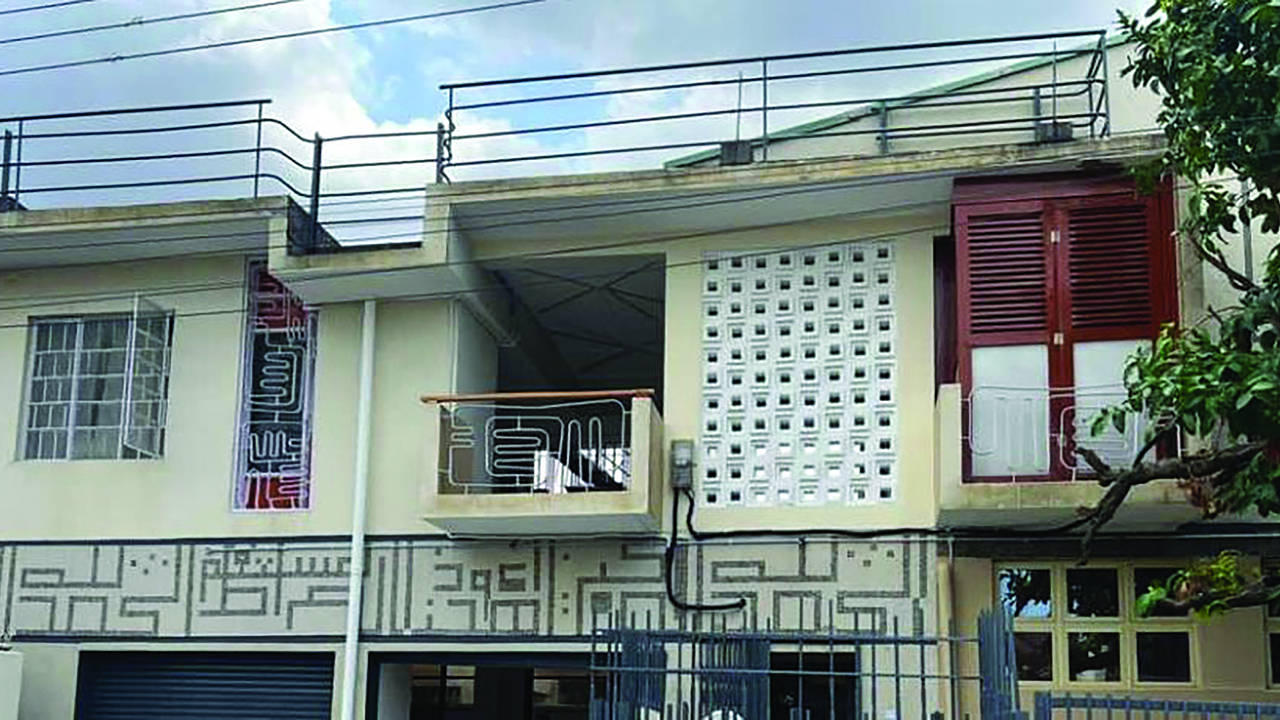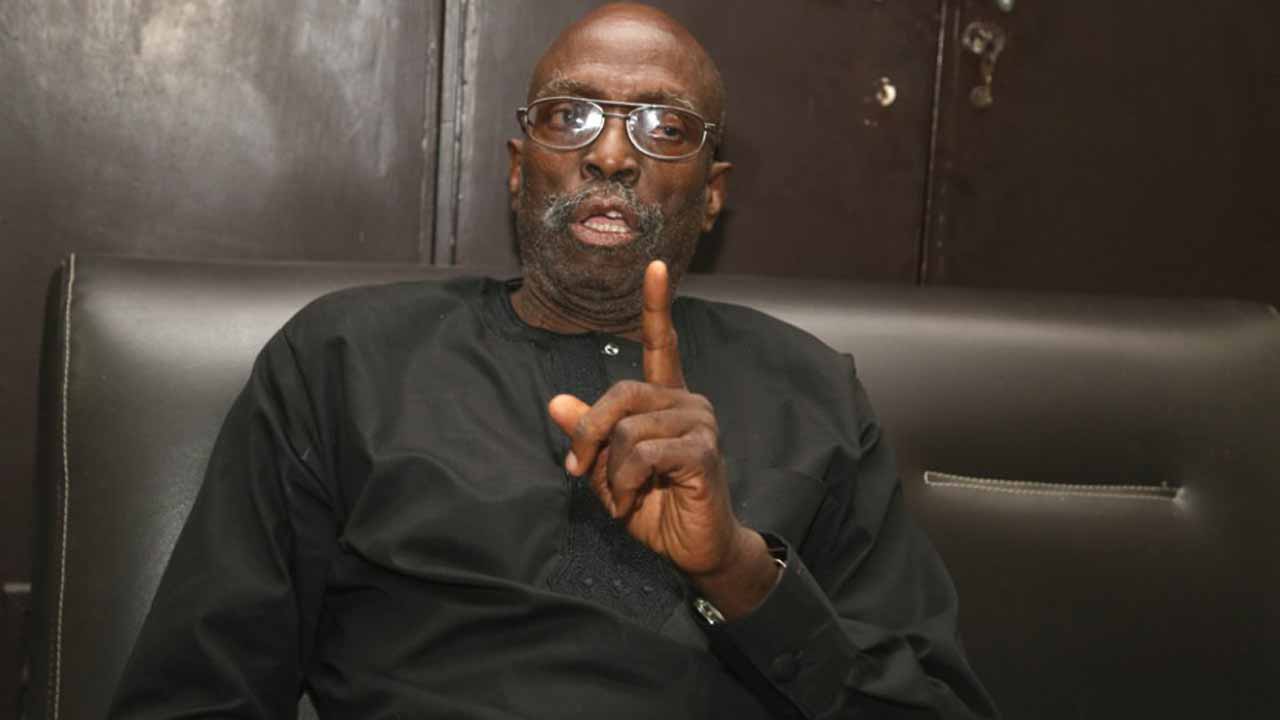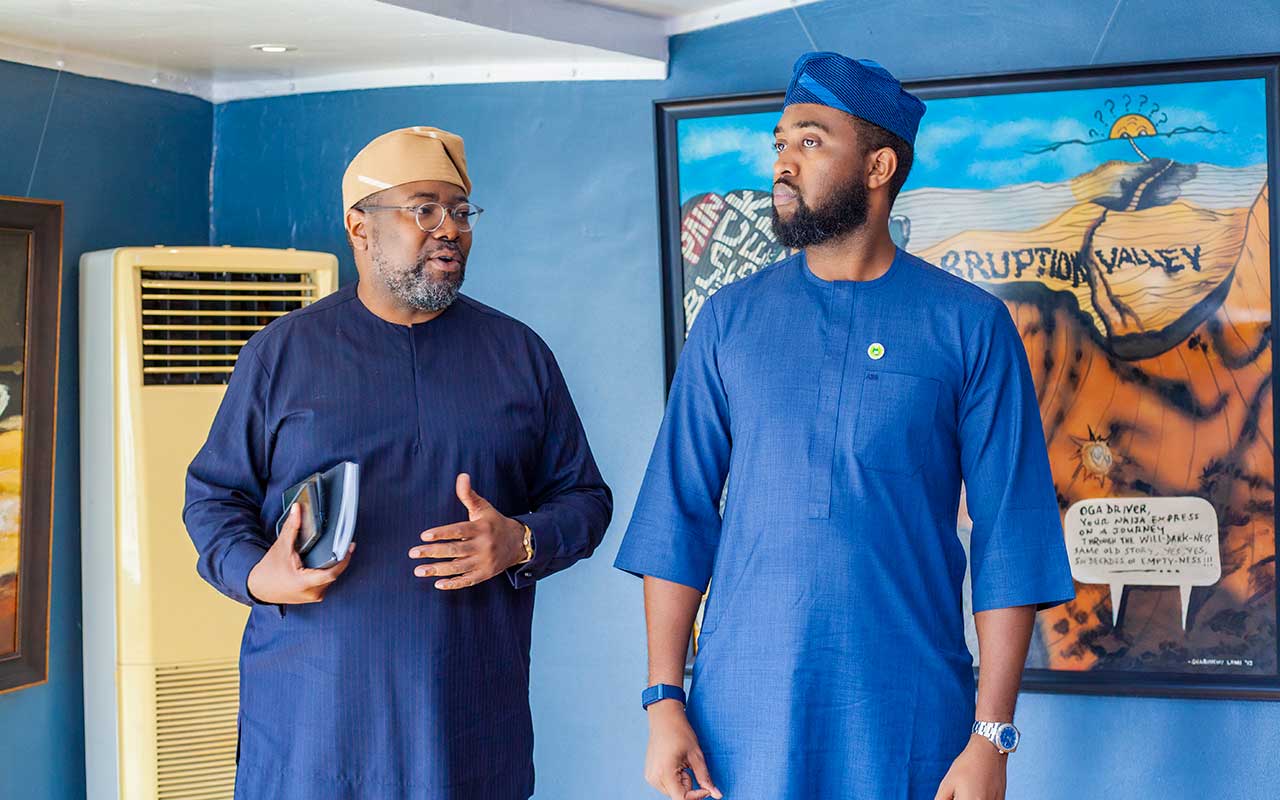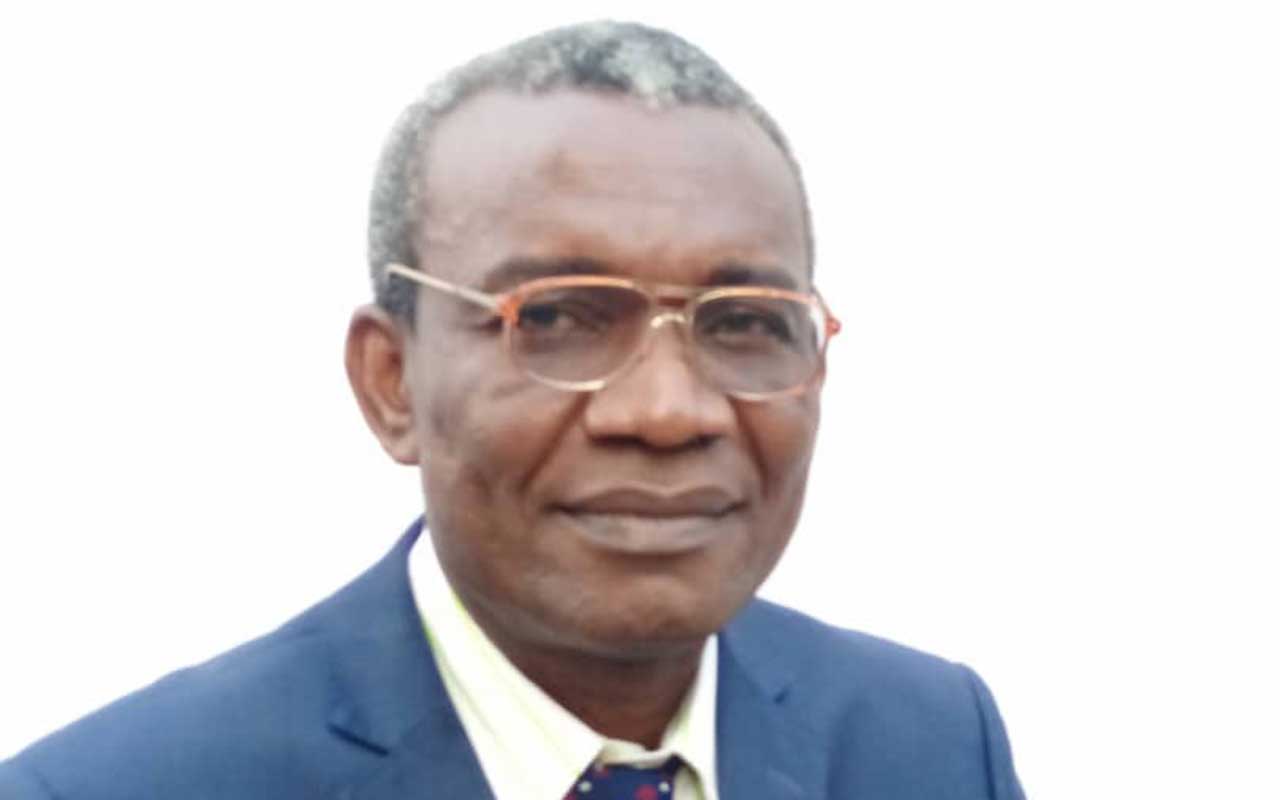
When children of the late master artist, Yusuf Adebayo Cameron Grillo, first conceived the idea of immortalising their father with a museum, it seemed an idea emerging from spur of the moment.
Not until the 2022 inaugural art talk to celebrate one year of his passing, titled, “The Man, The Message and The Myth”, did the family become aware of the artist’s influence.
“At that event, we realised we didn’t know what we had until he was gone,” said Morayo Anthonio, Grillo’s first daughter. The family made a statement to build a private art museum in the late master’s memory. The dream was firmly pursued by all the children.
They stood together in the pursuit of excellence that the artist instilled through his life and practice and with a visioner like Theo Lawson, who is known for his ingenuity in public space architecture, Grillo’s former workspace soon transformed to a documental space with a breadth of urban life, and refreshed experiences for residents to enjoy.
Two years after his death, his family unveiled the Yusuf Grillo Museum on Saturday, August 26, 2023, at his residence on Ogunlowo Street, Ikeja, Lagos State.
For Lawson, public architecture creates much needed nodes that allow people to gather, dwell and reorient themselves within their surrounding urban context. And this can also be found in Freedom Park and Kalakuta Museum.
The museum founding site in the studio home of the artist was creatively converted by the team of Theo Lawson’s Total Consult, and it honours the trajectory of the physical space as well as nodding to its new future and developmental evolution with the experiences, principles, vision, and insight of Yusuf Grillo at the heart of its newly morphed construction.
According to the curator, Dr Odunayo Orimolade, a lecturer at the Yaba College of Technology (YABATECH), the new museum space is a nod to the past while proffering avenues of shape-shifting to fulfill the dreams of an evolving developmental space.
“It will also serve as a hub for cultural exchange and artistic dialogue in hosting a spread of activities and engagements. The museum aims to become a treasure trove for art enthusiasts, a resource spiral for researchers, and a platform for nurturing emerging talent,” she said.
Orimolade said with the coming of the museum, the start of a dream to honour an artist whose legacy continues to shape the artistic landscape has begun. “We all should let this museum stand as a beacon of creativity, a bastion of culture, and a reminder that art is the universal language that binds us all.”
She continued: “This museum is not merely a repository of art; it is a sanctuary of inspiration. Every piece within these walls tells a story, not just of the artist’s hand, but of the countless hours of dedication, the relentless pursuit of perfection, and the unwavering commitment to the craft.
“The museum aims to engage visitors of all ages through a myriad of interactive activities, research, and educational programmes. These initiatives will provide a deeper understanding of Grillo’s techniques, inspirations, and the cultural context that influenced his artistic choices. It will also place these contexts in continuing contemporary discourse and engagement in progressive socio-cultural evolution of Nigerian art and its place in interdisciplinary connections for national development,” said Orimolade.
One of the children, Gboyega, said, “the primary objective making it a museum and not a gallery is not to sell or trade arts: it’s to preserve the memory and the legacy of Yusuf Grillo. While a gallery does more of exhibitions and business of selling art works, it’s not our primary objective and there is the Grillo Art Limited, which is doing the art business and it will also be managing the museum, so Grillo Art Limited is a holding company for the museum.”
The opening presentation of the museum showcases some objects and works from the museum’s collection alongside activity spaces, offering art enthusiasts and the public a unique opportunity to delve into the captivating journey of one of Nigeria’s most iconic figures in the art world.
The museum’s starting collection includes, varied memorabilia of the artist’s life and works in permanent collection for posterity, and also includes works that were collected by the artist over his life in different means. Few of these are presented in this opening exhibit installation.
The museum’s archives hold a spread of objects and documents that span over time as far back as the 1830s as well as quite splendid nuggets of history drawn from his Lagos – Brazilian genealogical connections.
Offering more insight into history of the evolving metropolis and its diasporic allusions. The museum archive is dedicated to collecting, preserving, documenting, and researching Grillo’s life, his artistic process, and the socio-cultural environment that influenced his work and the impact of his engagements in society in return. It is hoped that it will be a valuable resource for researchers, scholars, and art historians.
Veteran artist, Kolade Oshinowo, one of the regulars at pa Grillo’s studio, confessed to have missed his way to the museum, owing to the transformation that has taken place. “We know how this place used to be so, we thank God for the transformation and we thank God for the life of prof Grillo.”
While recognising the contributions of Grillo to the art industry as well as his children’s efforts at carrying on with his legacy, renowned art collector, Omooba Yemisi Shyllon, advised the management of the Grillo Art to ensure they organise residencies, workshops, fellowship programmes etc, so that the space can be busy.
Grillo’s contributions to the art scene have been nothing short of revolutionary. He was an intellectual, artist, educator, and researcher of many parts. He played a pivotal role in reshaping the Nigerian art landscape and has left an indelible mark on the artistic sphere. In him, we find ourselves in the world of an artist who embraced tradition and innovation in equal measure.
Grillo’s reverence for his Nigerian heritage is at once deeply rooted and universally resonant. His exploration of identity, society, and the human condition invites us to peer into the depths of our own lives, to question the world around us. His innovative approach to his life, creative practice, developmental contributions, administration, and educational and mentorship styles have garnered international acclaim and admiration leaving a myriad of trails in trajectories that run through Nigerian art history also reaching into the diaspora.
This also includes his knack for bridge-building, fostering, and founding pillars that the creative community continues to lean on today. Yusuf Grillo’s life, art, and contributions are a testament to the power of creativity.
His preference for blue in natural settings paintings was similar to the adire or resist-dye textiles used in Nigeria.
…Those who are familiar with his work may know that Grillo had expressed an aversion to photo-realism; rather than aiming for lifelike creations, he instead prefers to elongate and stylise the figures. This technique, which produces graceful, elegant human-like forms, makes his work instantly recognisable. His choice of colour tones and his compositional decisions have been praised by many, including Kunle Filani, a well-known art critic. Unlike his stained glass and mural work, Grillo’s paintings were rarely the result of commissions.
Grillo sources his inspiration from the actions and behaviour of humankind, but is particularly intrigued by Yoruba culture, and much of his artwork tends to merge western and Yoruba art techniques. Music making, a recurring motif in Grillo’s work, is inspired by where he was raised —the Brazilian Quarters in Lagos, an area renowned for the quality of its live bands. These childhood experiences would inspire some of the artist’s works including, ‘Drummer and Apprentice’, ‘Quartet’, ‘Trio’ and ‘Drummer’s Return’.






